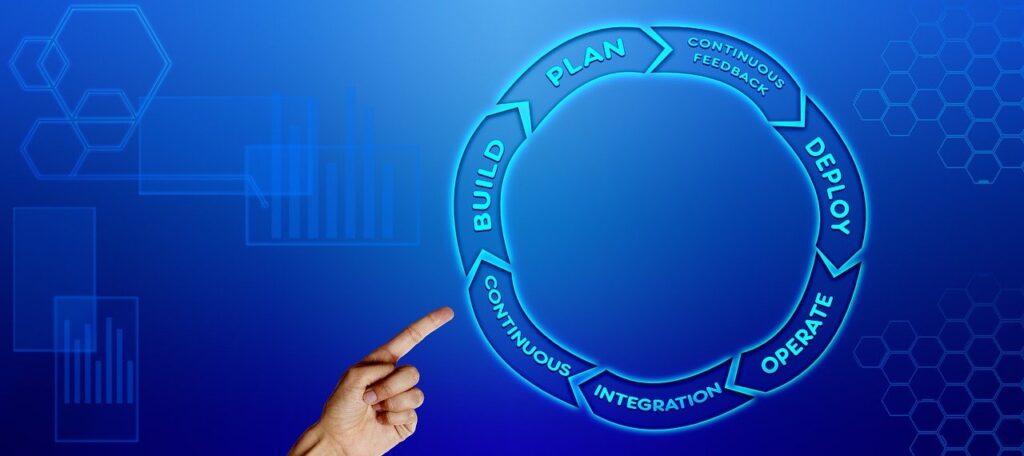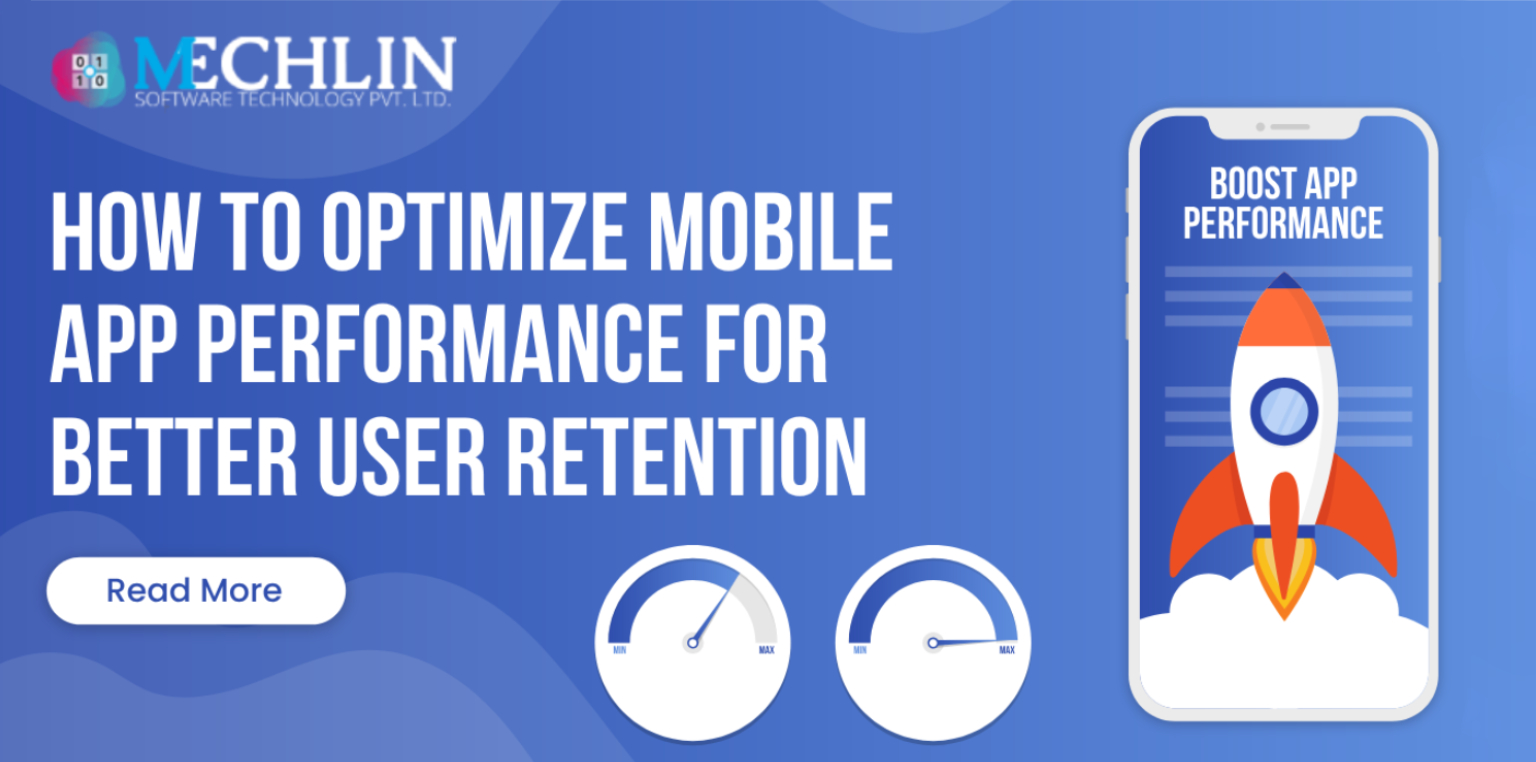An Introduction to CI/CD pipeline, Its Elements, and Tools

Let's learn what exactly CI/CD is?

Elements of a CI/CD Pipeline:
Build Elements:
For possible Deployment, source code must be compiled and packaged. To automate this part of the CI/CD process, various continuous integration technologies are available. Being language-dependent, the formed tools of languages being used in the deployable units need to be called and executed. For example, if you’re using JAVA, you’ll need to use Maven or Gradle to create a JAVA distribution. A packing stage can include the automated build parts. Taking the JAVA a step further as an example, if a Docker Image of the JAVA app is desired, the relevant Docker Compose procedures must be called. Build-centric tests, such as unit tests and dependency scanning, can be run in the build elements.

Infrastructure Elements
Infrastructure is taken into account by modern CI/CD pipelines. With the rise of infrastructure-as-code, infrastructure is now provisioned during pipeline execution instead of previous pipelines where infrastructure was waiting ahead of application deployment. The success or failure of infrastructure provisioning serves as a checkpoint for the CI/CD pipeline’s development. Infrastructure provisioning, such as executing a Terraform Script or a Cloud Provider Script, prepares the next environment as an artifact advances through settings.
Test Elements
The primary purpose of most pipelines is to instill trust. Running tests is the standard method for instilling trust in software. Test elements come in a variety of sizes and shapes. CI/CD pipelines are natural places to perform tests as quality gates as test methodologies change. Tests that require the complete application, such as integration tests, soak tests, load tests, and regression tests, are obvious fits in addition to build-centric tests. Modern testing methods, such as Chaos Engineering, can also be used at the infrastructure level.
Release Elements
Release elements are the actual deployments that help to achieve Continuous Deployment. For example, do you have a rolling, blue-green, or canary deployment in mind? That orchestration will be handled by release elements in your CI/CD pipeline.
Rolling Deployment
A rolling deployment is a release technique that sequentially updates running instances. To elaborate, the old application version is decommissioned, and a new one is installed in its place until all nodes in the sequence have been replaced.
Blue-Green Deployment
A blue-green deployment is a risk-averse releasing method. With two parallel versions of production operating, the new release (blue) will gradually replace the stable version (green), with the regular version remaining operational until it is considered safe to repurpose or decommission it. Rollbacks are easier when blue-green deployments are used. On the other hand, the infrastructure necessary (two copies of production) might be expensive to set up and maintain.
Canary Deployment
Canary Deployment is an incremental release technique in which a new update (the canary) is gradually rolled out until the stable version is replaced. Canary deployments are carried out in stages. For example, the first phase might exchange 10% of the nodes, and if successful, the second phase might switch 50% of the nodes, and the third phase would swap 100% of the nodes. The safety they give during a release, as well as the fact that they use fewer resources than a blue-green deployment, are the key reasons for implementing canary deployments. Canary deployments, on the other hand, might be complicated due to the validation required to elevate canaries.
Validation Elements
This validation elements can be used as decision points for moving forward in the pipeline, promoting artifacts, and monitoring deployments once they’ve happened. There are a variety of monitoring and observability technologies that are best in class when it comes to looking for regression. Modern CI/CD pipelines may judge based on various indicators, including monitoring and observability tools, and choose whether to proceed or rollback. Modern CI/CD pipelines can also validate the health of what is – or has been – deployed methodically. Continuous testing goals necessitate that testing and validation do not end with Deployment.
Tools to be used in CI/CD Pipeline:
- Jenkins X is a server for open source automation. It automates tasks related to building, testing, and deploying software. Jenkins X includes features such as the ability to create different virtual environments for development, staging, and production and the automatic setup of a CI/CD pipeline. The list of other benefits of using this tool is long. Jenkins X has several advantages, including an easy and quick installation and faster recovery.
- TeamCity Cloud is a continuous integration (CI) platform that aids in developing and deploying many sorts of projects. One of the most significant advantages of TeamCity is that it can be used in a SaaS model without paying any additional upfront fees. This program also runs in a Java environment and connects with Visual Studio and IDEs, which is significant.
- Microsoft Azure Pipelines is a cloud-based solution that allows you to write and test code in any language and distribute it to any platform or cloud. During the development and testing phases, you can create as many stages as you require. This aids in a better understanding of the root cause and the faster detection of faults. This feature distinguishes this tool from others. However, the variety of continuous integration and continuous delivery engines can be overwhelming. To make picking one easier, here are some tools for your consideration.
The benefits of implementing CI/CD in any business :
- Code quality is improved because automated tests allow you to identify and repair errors quickly. In addition, the procedure is made faster by its consistency and repeatability.
- Labor and costs both decrease due to automation, which lowers expenses and the risk of human mistakes. In an ideal world, no human interaction would be required for Deployment to the production environment.
- Today’s clients want instant feedback, bug fixing, and new features to be released and refreshed frequently. Furthermore, they show their faith and loyalty to organizations that do these things. CI/CD will assist you in meeting these challenging objectives and responding to constantly changing consumer needs.
Recent Posts
Categories
- Design (6)
- Development (22)
- Services (1)
- Technologies (8)
- Technology (3)
- Testing (9)
- Uncategorized (1)














